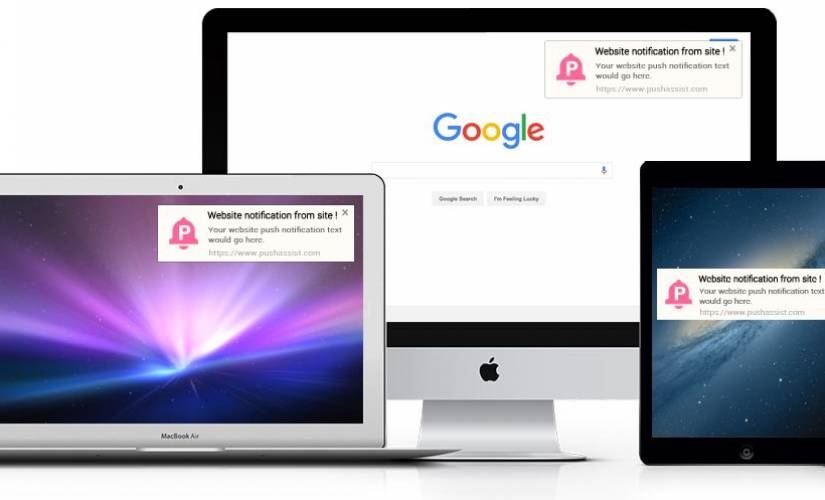3 Ways to Add Sound to Your Site (Without Annoying Users)
3 Ways to Add Sound to Your Site (Without Annoying Users)

There are compelling reasons to use sound on a website – and just as many not to. Consider, for example, that humans have the ability to recall things better through sound. If you had to learn the 50 states songs in elementary school or spent your childhood watching Schoolhouse Rock, this won’t come as a surprise. In general, the human brain tends to absorb more information through sounds because it leaves a stronger impression. Knowing this, why don’t more people use sound on websites?
Using sound on websites fell out of favor in the era of Geocities-run websites. Is it time for it to make a comeback?
Though it sounds like a good idea, there are usability concerns with using sound. For example, many customers browse with their sound off and will not hear what comes through. Others may be listening to music as they browse and don’t want that experience interrupted.
Others simply do not want their computers to unexpectedly start making noise – especially if they are browsing at work. This presents a unique challenge to marketers and developers alike: how can you use sound thoughtfully and successfully? There are a few ways you can incorporate sound on your website without annoying your end-users.
When Should You Consider Sound?
There are a few cases in which adding sound to your site is completely appropriate and even preferred.
>> For Alerts and Notification Purposes
Nothing will make you perk up like a high pitched or sharp noise. That’s why phones ring, why teachers clap their hands – and why Facebook Messenger chirps when you get a new message. Notifications and alerts are worthy of sound. Chat conversations and push notifications are good examples. For example, if a user asks to be notified when a new article posts about a trending topic, sound notifications are appropriate. In these cases, users appreciate the sound alerting them to what they asked for.
Success Alerts
There is something satisfying about a victory dance for your ears when you complete a task or finish fame. Completion of game levels, earning badges, or other congratulatory events may necessitate a little jingle. The key is finding that sweet spot between nostalgia and annoyance. A jingle too long may make a user’s ear twitch, while something short and sweet will bring a surge of satisfaction.
Increasing Accessibility
Sounds can be good to alert anyone using the internet, but it can be especially useful in improving access to technology. For example, harnessing the power of audio for those with sight problems increases the inclusiveness of your website. Examples include “clicking” sounds when a person successfully presses an online button or a tone that changes as a person scrolls up or down. These can help improve navigation and make a website easier for a person to access.
Experimental or Avante Garde Sites
Finally, some websites can play with website sounds because they are cutting-edge, experimental, or simply think that music is appropriate. Here is a list of current examples that have used them successfully.
When Should You Not Consider Sound?
In some cases, sound on a website may be inappropriate, or, for lack of a better term, drive your customers crazy. There are a few implementation concerns regarding music and your website.
Increased Credibility with Sound Functions
Think about your brand identity before you implement sound on your website. No matter your sound, it should represent you. For example, most people associate background music with LiveJournal and MySpace pages – and think that it belongs back in the early 2000s.
Unless you actually sell music on your website, background music on your site can make it seem unprofessional at worst or very dated at best. A decrease in your website credibility can have a synergistic effect on your SEO. In other words, using sound for the purpose of including background music is almost never worth it.
Bandwidth Affects Website Performance
Implementing sound on your website takes up a lot of resources and space. It can even make your website choppy or slow to load. If you’re using sound, make sure you are investing in optimization. Slow sites affect browse times and increase bounce rates – neither of which is good.
Repeating Sounds Can Be Annoying
A common workaround to the bandwidth issue is playing a short section of a song that repeats. But consider this: it’s basically encouraging users not to spend much time on your site. How would you feel if you had to listen to the same 30-second clip on repeat? Would you linger on it, or navigate away as soon as possible? We would leave, too.
Everyone’s Tastes Differ
You may think that the sound implementation on your website is tasteful, professional, and easy to listen to. Your users might not. The last thing you want to do is drive your users away from your relevant and engaging content, just because you have different musical preferences.
People Surf in Public
We all know that person (or maybe we were that person) who got busted in class because music started spontaneously playing on a website when they were supposed to be taking notes. Likewise, downtime in an office is often spent browsing the web. No one wants their coworkers or boss alert to how they are spending that time.
There Are Potential Legal Issues
Like images, sounds can be proprietary. The music industry is increasingly cracking down on matters of copyright, and even social media users are finding their posts get deleted if music is playing in the background. If you don’t know whether you have the right to play it, then you could be opening yourself up to litigation.
If your website gets a lot of traffic and you play music or other sounds you don’t have the right to, you could be facing fines or lawsuits.
Not All Browsers Have the Same Compatibility
Finally, not every web browser has the same capabilities. Your sounds could come through clearly over one browser but slow down your load time on another. Even if it’s not your fault, it could negatively affect user experience or UX.
However, this doesn’t mean you cannot ever use sound on your site. Implementing some best practices can help you use sound smartly and in a manner that won’t annoy your website users.
Use JavaScript, Always
One of the biggest mistakes people make when developing sounds for their website is to simply embed them using an HTML5. To actually integrate sound with your website in a meaningful way, you will have to use JavaScript. This has the benefit of giving people the option of having sound by connecting it to clickable buttons (or when an alert or notification that they sign up for comes through).
Give Users an Easy Out
If you integrate sound into a website always – and we mean ALWAYS – provide them with an easy and obvious way to opt-out. The natural question becomes – what should be the default – sound on or sound off? We think sound off is a good default, then give people the option to turn sound on with a big, easy to find button.
The exception to this might be if you expect a lot of your website traffic to include the visually impaired.
The Final Word on Website Sound
So, to answer the question – “should I have sound on my website?” the answer is totally up to you. There are some cases in which sounds can be appropriate and even useful to your end-user. On the other hand, many users find them inherently annoying. To appease the most people:
- Never use background music
- Save your sounds for alerts and enhancing accessibility
- Give people an easy way to opt-in and out
- Code it well – using JavaScript instead of HTML5
That’s where we land on sound on websites – what do you think?
The post 3 Ways to Add Sound to Your Site (Without Annoying Users) appeared first on ReadWrite.
(27)


